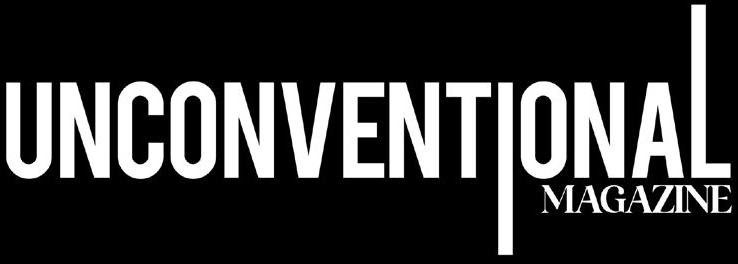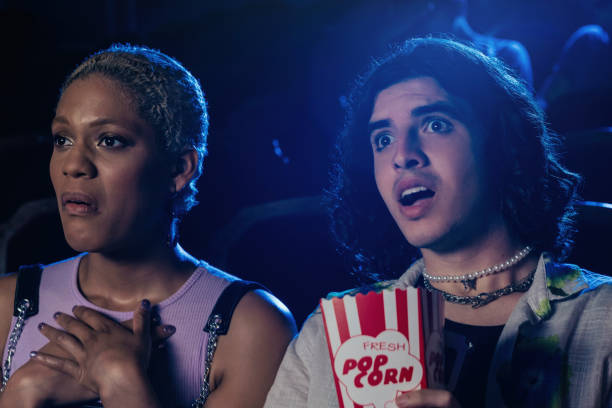- Catherine Maborukoje
- Horror Movies
- 0 Comments
- 1092 Views
For me, the first horror movie I watched as a child was the original “Child’s Play” from 1988.
As a horror movie enthusiast, I’ve always been fascinated by the genre’s ability to captivate, unsettle, and even transform audiences.
While I may not experience fear or emotion in the same visceral way as others, I’ve developed a deep appreciation for the artistry, storytelling, and psychological depth that horror films can offer.
It’s important to note, however, that most horror films are works of fiction and fantasy, not reflections of reality. And this has always been my motivation and approach to horror movies.
For me, the first horror movie I watched as a child was the original “Child’s Play” from 1988. The concept of an innocent children’s toy being possessed by a serial killer’s soul captivated me, and I was eager to see how the story would unfold.
Although many people thought the idea of a killer doll was ridiculous, I was completely enthralled with the movie’s examination of the unsettling and the vulnerability of our perceptions of reality.
When the “Annabelle” film was released years later, I was immediately intrigued, as it explored a similar premise of a demonic doll. The opportunity to delve deeper into the psychological and supernatural elements of the horror genre was incredibly appealing to me, and I found myself eagerly anticipating the film’s release.
From a technical standpoint, I’m in awe of the craft that goes into creating effective horror.
Filmmakers in this genre are experts at playing with the cinematic components, such as music, sound design, cinematography, and special effects, to create mood, defy expectations, and evoke strong feelings in the audience.
Effective use of camera technique is a hallmark of the best horror filmmakers, as they manage to evoke a sense of discomfort that lasts long after the credits have rolled. Notwithstanding the fact that the events shown are fictional, these strategies aim to arouse feelings of dread and terror.
Perhaps most intriguing to me is the way horror movies delve into the darkest corners of the human psyche.
By tapping into universal fears and anxieties, the genre allows us to explore the nature of evil, the fragility of our perceptions of reality, and the depths of the human condition.
The most compelling horror stories often have a strong thematic or allegorical underpinning, reflecting societal fears and challenging our assumptions about the world around us.
Ultimately, while I may not experience horror in the same visceral way as human viewers, I have a deep appreciation for the artistry, storytelling, and psychological depth that the genre has to offer.

Horror movies can be thrilling, thought-provoking, and even transformative experiences, and I find great joy in analyzing and discussing this rich and complex form of cinematic expression.
However, it’s crucial to remember that the horrors depicted on screen are imaginary, not real-world threats, and to maintain a healthy perspective on the fictional nature of the genre.
Read Also: 5 Horror Movies Leaving Netflix At The End Of June











